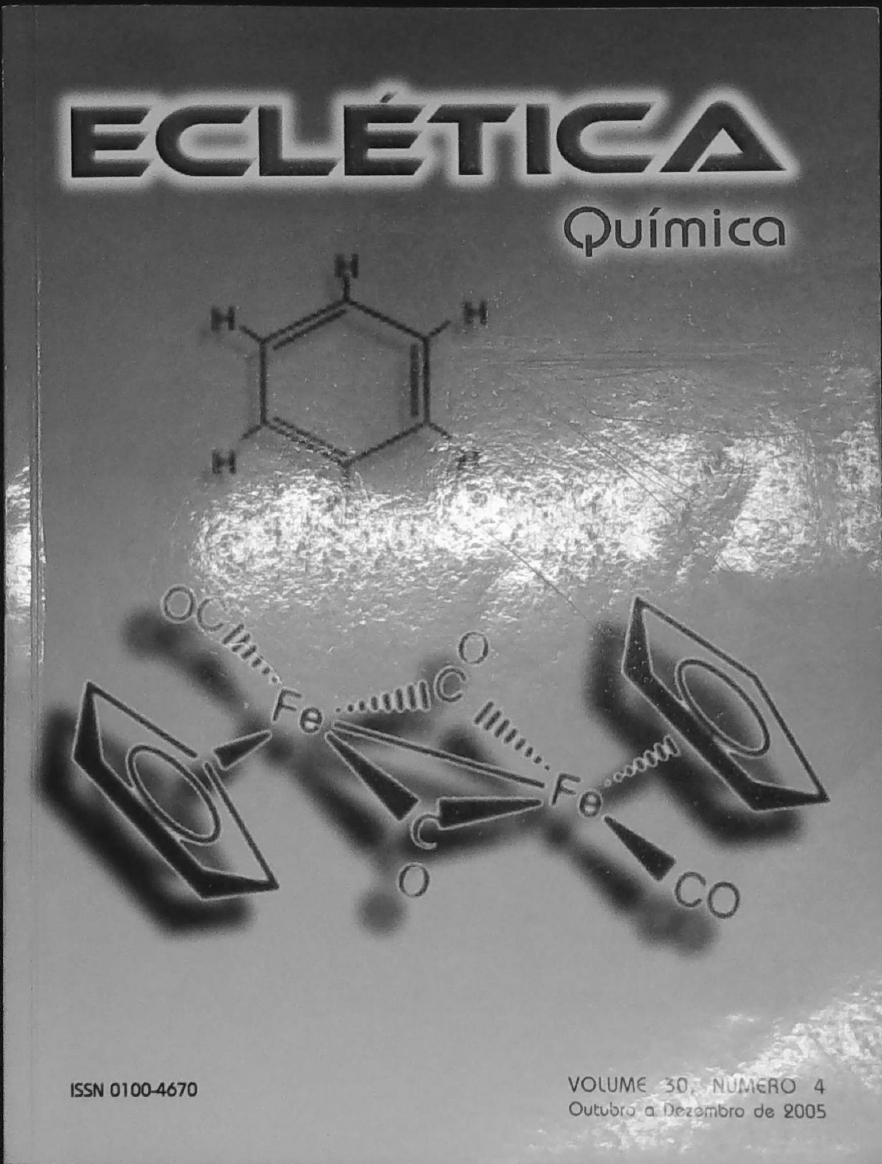Abstract
Styrene is used in a variety of chemical industries. Environmental and occupational exposuresto styrene occur predominantly through inhalation. The major metabolite of styrene is present in two
enantiomeric forms, chiral R- and S- hydroxy-1-phenyl-acetic acid (R-and S-mandelic acid, MA). Thus, the
concentration of MA, particularly of its enantiomers, has been used in urine tests to determine whether
workers have been exposed to styrene.
This study describes a method of analyzing mandelic acid using molecular imprinting techniques and
HPLC detection to perform the separation of diastereoisomers of mandelic acid. The molecularly imprinted
polymer (MIP) was prepared by non-covalent molecular imprinting using (+) MA, (-) MA or (+)
phenylalanine, (-) phenylalanine as templates. Methacrylic acid (MAA) and ethylene glycol dimethacrylate
(EGDMA) were copolymerized in the presence of the template molecules. The bulk polymerization was
carried out at 4 o C under UV radiation. The resulting MIP was grounded into 25~441⁄4m particles, which
were slurry packed into analytical columns. After the template molecules were removed, the MIP-packed
columns were found to be effective for the chromatographic resolution of (±)-mandelic acid. This method
is simpler and more convenient than other chromatographic methods.
References
“Industrial Production Statistical Databank”,
Department of Statistics, Ministry of Economic Affairs,
Taiwan, 2003.
R. Barale, Mutat. Res. 257(1991) 107-126.
IARC, 60, International Agency for Research on
Cancer, Lyon.(1994).
H. Ohtsuji and M. Ohtsuji, Toxicol. Appl. Pharmacol.
(1971) 321-328.
S.J. Sumner and T.R. Fennell, Crit. Rev. Toxicol.
(1994) S11-S33.
L. Maestri, S. Ghittori and M. Imbriani, J. Chromatogr.
B. 687(1996) 387-394.
M.J. Prieto, D. Marhuenda and A. Cardona, J. Anal.
Toxicol. 26(1)(2002)23-28.
B.A. Ingelse, J.C. Reijenga and F.M. Everaerts, J.
Chromatogr. A. 772(1997)179-184.
P. Colin,G. Sirios and S. Chakrabarti, J. Chromatogr.,
Biomed. Appl. 337, (1986)243-251.
G. Truchon, J. Brodeur and M.Gerin, J.Anal. Toxicol.14
(1990)227-230
I. Linhart. Z. Weidenhoffer, J.Mraz, J. Smejkal,
I.Mladkova, Toxicology
Letters, 90(1997)199-205.
P. Manini, R. Andreoli, D. Poli,G.. De Palma, A. Mutti
and W.M. Niessen,Rapid Commun Mass Spectrom 16(24)
(2002)2239-2248.
A.G..Mayes, K.Mosbach, Trends in Anal.Chem. 16(6)
(1997) 321-332.
C.I.Lin, A.K.Joseph, C.K.Chang, Y.D.Lee, J.
Chromatogr A. 20 1027(1-2)
(2004)259-262.
P. Jandera, M. Skavrada, K. Klemmova, V. Backovska
and G..Guiochon, J Chromatogr A. 11 917(1-2) (2001)123-

This work is licensed under a Creative Commons Attribution 4.0 International License.
Copyright (c) 2018 Eclética Química Journal




